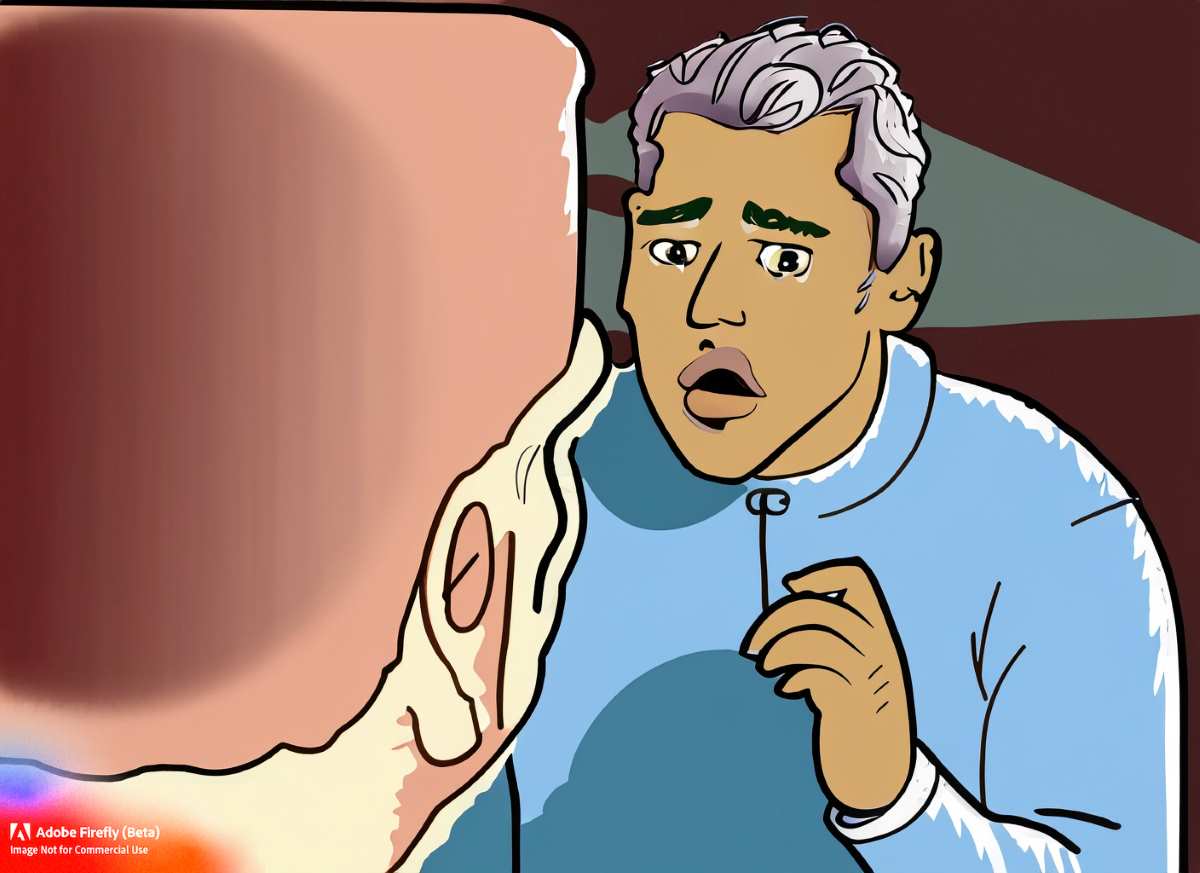How to Pronounce Spanish Words Correctly: Tips and Tricks
Learn how to pronounce Spanish words correctly with our tips and tricks! From mastering basic sounds to practice with native speakers, we cover everything you need to know to improve your Spanish pronunciation and develop a natural-sounding accent.

Spanish is one of the most widely spoken languages in the world, with over 580 million speakers worldwide. It is also the second most spoken language in the United States, making it a valuable language to learn. Whether you are a beginner or an intermediate learner, one of the most important aspects of mastering Spanish is learning how to pronounce words correctly. In this article, we will discuss tips and tricks for pronouncing Spanish words correctly.
Master the Basic Sounds
Spanish has five vowel sounds: a, e, i, o, u. Unlike English, Spanish vowels always have the same sound. The Spanish vowels are pronounced as follows:
- A: ah (as in father)
- E: eh (as in pet)
- I: ee (as in feet)
- O: oh (as in note)
- U: oo (as in cool)
Several consonant sounds are unique to Spanish, such as the trilled "r" sound, which can be challenging for some learners. It's essential to practice these basic sounds until you can produce them correctly.
Learn the Rules for Stress and Accentuation
Stress and accentuation are essential in Spanish and can change the meaning of a word. For example, "papa" means potato, while "papá" means father. In Spanish, there are three types of words: words that are stressed on the last syllable, words that are stressed on the second to last syllable, and words that are stressed on the third to last syllable or beyond. In addition, some words have accent marks, which indicate where the stress falls. Learning these rules can help you correctly pronounce Spanish words and avoid confusion.
Practice Pronunciation with Native Speakers
One of the best ways to improve your Spanish pronunciation is by practicing with native speakers. This will allow you to hear and imitate native speakers' accents and pronunciation. You can find native speakers to practice with through language exchange programs or online language learning communities.
Listen to Spanish Music and Watch Spanish TV Shows and Movies
Another great way to improve your Spanish pronunciation is by listening to Spanish music and watching Spanish TV shows and movies. This will expose you to different accents and pronunciations, which will help you develop a more natural-sounding accent. You can also use online resources like YouTube and Spotify to find Spanish music and TV shows.

Use Online Resources to Improve Your Pronunciation
There are many online resources available to help you improve your Spanish pronunciation. Some popular resources include Duolingo, Rosetta Stone, and Babbel. These programs use speech recognition technology to analyze your pronunciation and provide feedback on areas that need improvement.
Practice, Practice, Practice!
Finally, the most important tip for improving your Spanish pronunciation is to practice consistently. Make a habit of practicing your pronunciation every day, even if it's just for a few minutes. Consistent practice will help you develop muscle memory for the correct sounds and pronunciations.
Conclusion
Pronouncing Spanish words correctly is essential for effective communication in Spanish. By mastering the basic sounds, learning the rules for stress and accentuation, practicing with native speakers, listening to Spanish music and watching TV shows and movies, using online resources, and practicing consistently, you can improve your Spanish pronunciation and develop a natural-sounding accent. Remember, improving your pronunciation is a gradual process that takes time and practice, but with dedication and persistence, you can achieve your goals.




